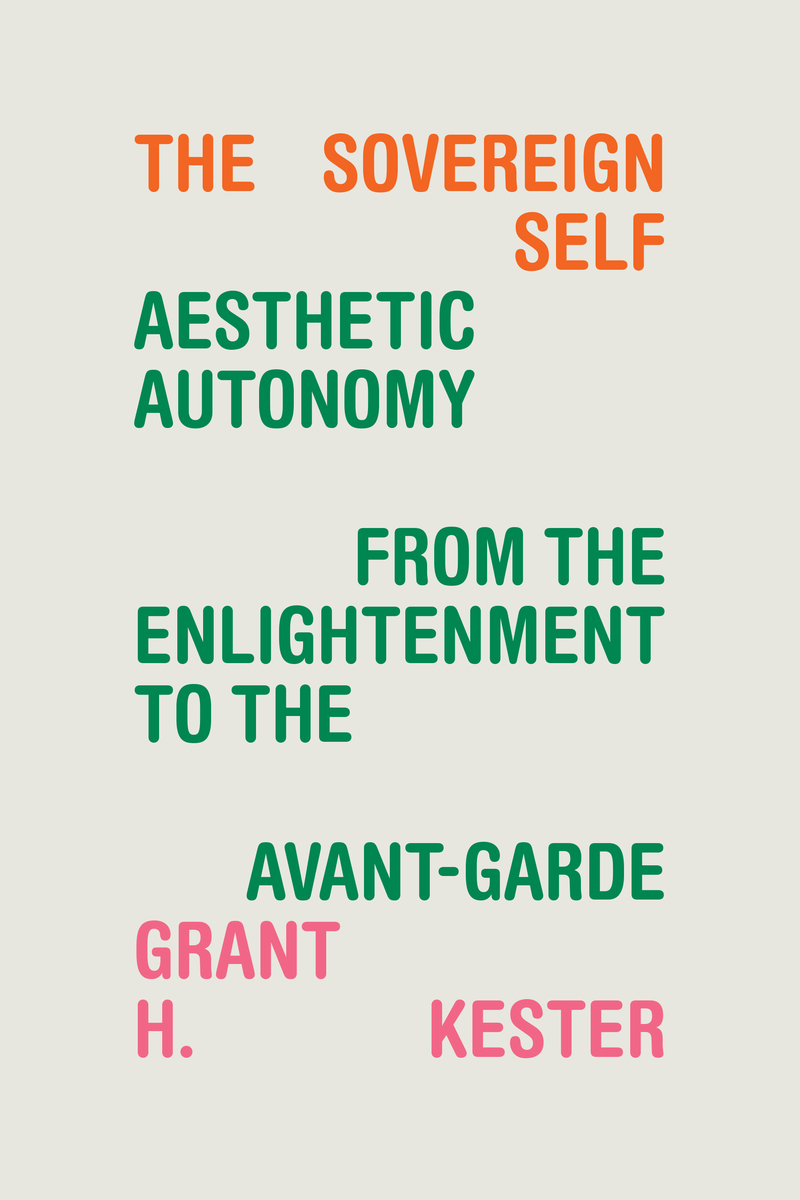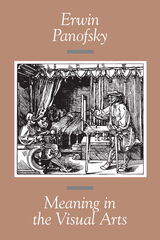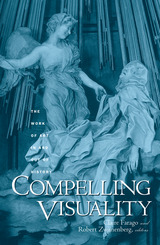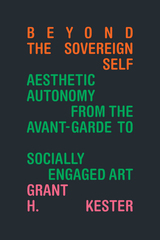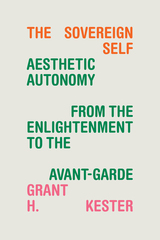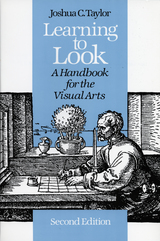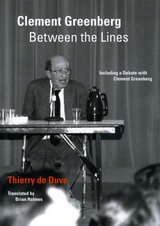The Sovereign Self: Aesthetic Autonomy from the Enlightenment to the Avant-Garde
Duke University Press, 2023
Cloth: 978-1-4780-1996-1 | Paper: 978-1-4780-2042-4 | eISBN: 978-1-4780-2455-2 (standard)
Library of Congress Classification N7476.K47 2023
See other books on: Art and society | Art criticism | Art, Modern | Avant-garde (Aesthetics) | Enlightenment
See other titles from Duke University Press
Cloth: 978-1-4780-1996-1 | Paper: 978-1-4780-2042-4 | eISBN: 978-1-4780-2455-2 (standard)
Library of Congress Classification N7476.K47 2023
ABOUT THIS BOOK | AUTHOR BIOGRAPHY | REVIEWS | TOC | REQUEST ACCESSIBLE FILE
ABOUT THIS BOOK
In The Sovereign Self, Grant H. Kester examines the evolving discourse of aesthetic autonomy from its origins in the Enlightenment through avant-garde projects and movements in the nineteenth and twentieth centuries. Kester traces the idea of aesthetic autonomy—the sense that art should be autonomous from social forces while retaining the ability to reflect back critically on society—through Kant, Schiller, Hegel, Marx, and Adorno. Kester critiques the use of aesthetic autonomy as the basis for understanding the nature of art and the shifting relationship between art and revolutionary praxis. He shows that dominant discourses of aesthetic autonomy reproduce the very forms of bourgeois liberalism that autonomy discourse itself claims to challenge. Analyzing avant-garde art and political movements in Russia, India, Latin America, and elsewhere, Kester retheorizes the aesthetic beyond autonomy. Ultimately, Kester demonstrates that the question of aesthetic autonomy has ramifications that extend beyond art to encompass the nature of political transformation and forms of anticolonial resistance that challenge the Eurocentric concept of “Man,” upon which the aesthetic itself often depends.
See other books on: Art and society | Art criticism | Art, Modern | Avant-garde (Aesthetics) | Enlightenment
See other titles from Duke University Press
